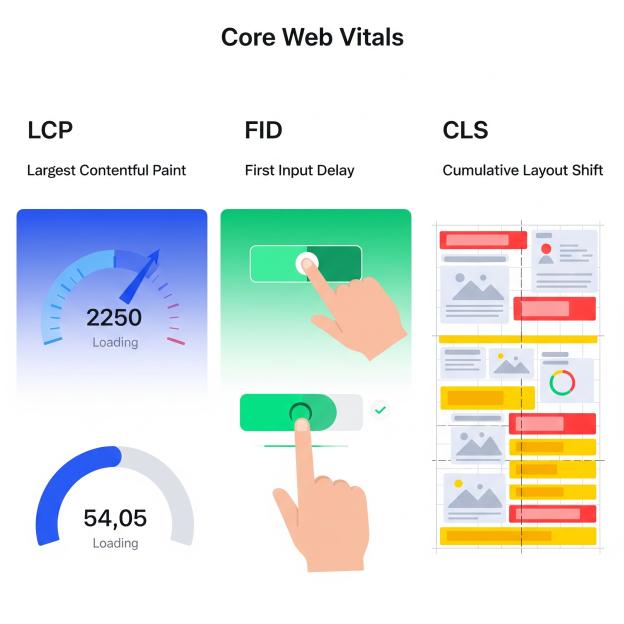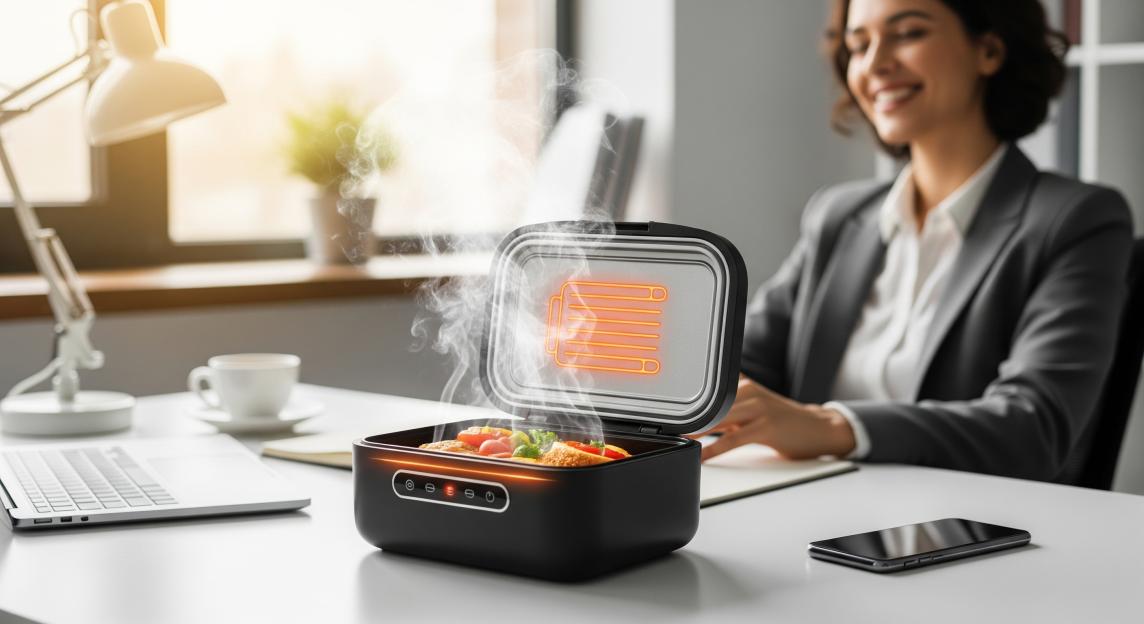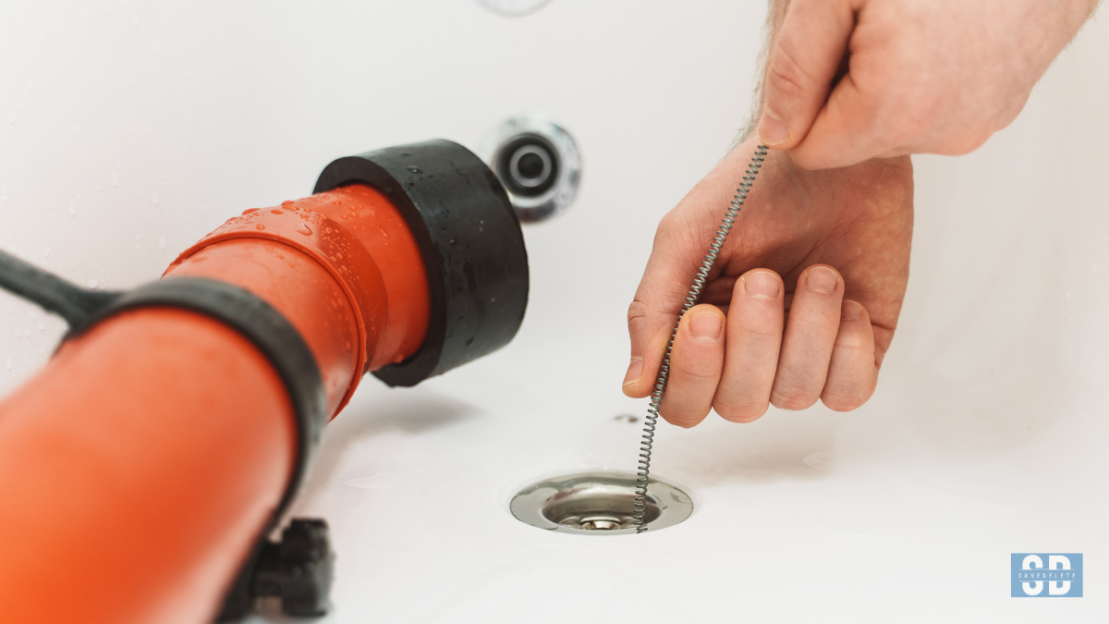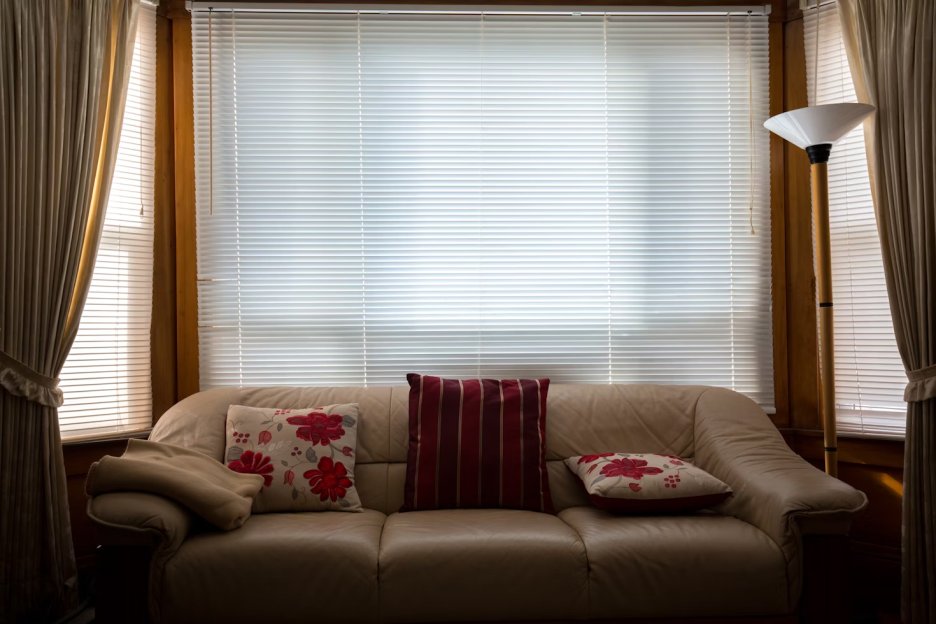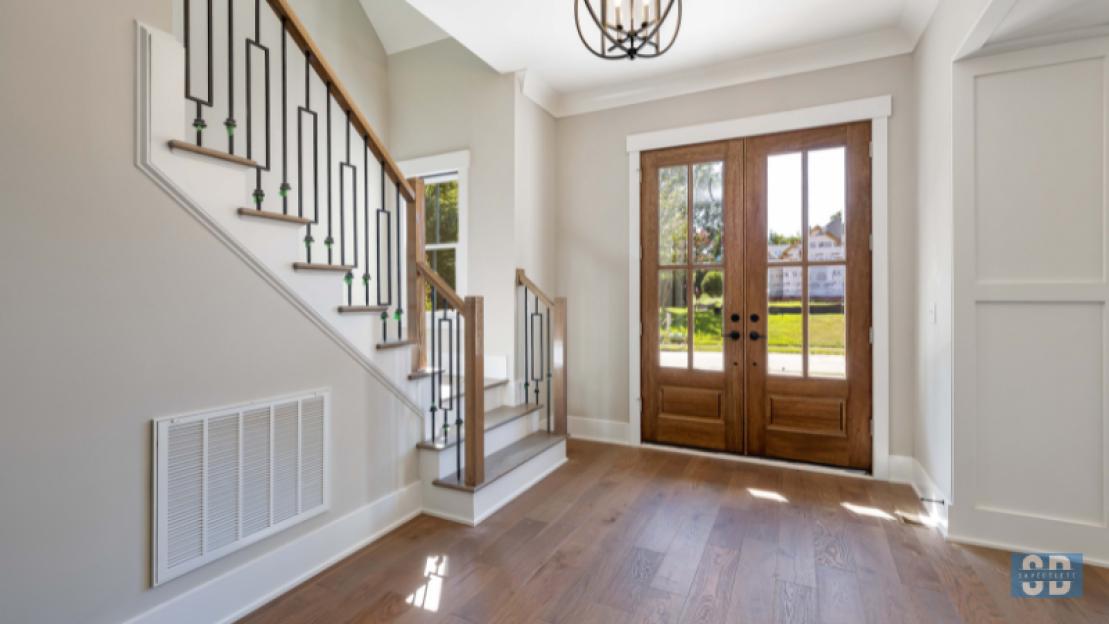The soft morning light filters through your window, illuminating a space that feels like your personal sanctuary. No rushing to studios, no crowded classes, no excuses. Just you, your breath, and a practice that fits seamlessly into your life. This isn’t just a dream—it’s the reality that thousands of Americans have created in their own homes.
Whether you’re tired of expensive studio memberships, seeking the convenience of practicing on your schedule, or simply want to deepen your yoga journey in the comfort of your own space, setting up a home yoga practice can transform both your living space and your well-being. The beauty of home yoga lies not just in its accessibility, but in how it allows you to create a deeply personal practice that evolves with your needs.
Why Create a Home Yoga Space?
The benefits of establishing a dedicated yoga area in your home extend far beyond convenience. A home yoga practice offers unparalleled flexibility, allowing you to flow through poses at dawn or unwind with restorative stretches before bed. Unlike studio classes with fixed schedules, your home yoga studio operates on your timeline.
Cost-effectiveness is another compelling advantage. While the average yoga studio charges between $15-25 per class, creating a home yoga setup requires only a one-time investment in basic equipment. Over time, this translates to significant savings while providing unlimited access to your practice.
Privacy plays a crucial role for many practitioners, especially yoga beginners who may feel self-conscious in group settings. Your home practice space eliminates judgment and comparison, allowing you to explore poses, make modifications, and develop your practice at your own pace.
Perhaps most importantly, a dedicated yoga corner or room becomes a sanctuary within your home—a visual reminder of your commitment to wellness and self-care that encourages consistency in your practice.
Essential Yoga Equipment for Beginners
The Foundation: Your Yoga Mat
Your yoga mat is the cornerstone of your home yoga equipment. Unlike exercise mats, which are typically thicker, yoga mats for home practice should be approximately 3-5mm thick to provide stability while maintaining ground connection for balance poses.
Key features to consider:
- Non-slip surface: Look for mats with textured surfaces that prevent sliding during practice
- Standard dimensions: Most mats measure 68-72 inches long and 24 inches wide
- Material quality: PVC, natural rubber, or eco-friendly materials like cork or TPE
- Portability: Consider weight if you plan to move your mat frequently
Budget-friendly options start around $20-30 for basic mats, while premium yoga mats from brands like Manduka or Liforme range from $80-150. For beginners, a mid-range mat ($40-60) provides excellent quality without breaking the budget.
Essential Yoga Props for Support and Alignment
Yoga blocks are among the most versatile yoga accessories for beginners. These rectangular props “bring the floor to you,” making poses more accessible while maintaining proper alignment.
Types of yoga blocks:
- Foam blocks: Lightweight and affordable ($8-15 each)
- Cork blocks: Firmer support with natural grip ($20-25 each)
- Wooden blocks: Most durable but heaviest option ($25-35 each)
Yoga straps assist with flexibility and reach, making them essential for beginners working on poses like seated forward folds or shoulder stretches. An 8-foot cotton strap with a buckle typically costs $12-20.
Yoga bolsters and meditation cushions support restorative poses and seated meditation. While not immediately essential, these props become valuable as your practice develops. Prices range from $25-60 depending on size and materials.
Additional Supportive Equipment
Yoga blankets serve multiple purposes: warmth during final relaxation, joint cushioning, and prop modifications. Any soft blanket works, though dedicated yoga blankets offer ideal weight and texture ($20-40).
Yoga towels become essential for hot yoga or sweaty practices. Microfiber yoga towels provide grip and absorption, typically costing $15-30.
For practitioners with mobility concerns or those seeking chair-based modifications, a yoga chair or stable dining chair can support seated poses and standing balance work.
Creating Your Home Yoga Space
Choosing the Perfect Location
The ideal home yoga space doesn’t require a dedicated room—just enough area to comfortably extend your mat without obstacles. Consider these factors when selecting your yoga practice area:
Space requirements: Allow approximately 6 feet by 4 feet for basic movement, with additional clearance for extended poses. This translates to about 24 square feet minimum.
Natural light: Rooms with windows provide energizing morning light and peaceful evening ambiance. Yoga space near windows enhances the connection to nature and seasonal rhythms.
Noise control: Choose quieter areas away from street noise or high-traffic household zones. Early morning or evening practices benefit from peaceful environments.
Accessibility: Your yoga corner should be easily accessible to encourage regular practice. Spaces requiring extensive setup may discourage consistency.
Design Elements for a Calming Atmosphere
Color psychology plays a significant role in creating a peaceful yoga sanctuary at home. Soft, muted tones promote relaxation:
- Blues and greens: Calming and grounding
- Warm whites and creams: Clean and spacious feeling
- Earth tones: Connection to nature and stability
Lighting considerations dramatically impact your practice mood:
- Natural light: Ideal for morning practices
- Soft artificial lighting: Lamps with warm bulbs for evening sessions
- Candles: Create ambiance for restorative practices (maintain safety)
- Salt lamps: Provide gentle, warm illumination
Incorporating nature brings outdoor serenity inside:
- Plants: Air-purifying varieties like snake plants or peace lilies
- Natural materials: Bamboo, wood, or stone accents
- Essential oils: Lavender, eucalyptus, or sandalwood for aromatherapy
Storage Solutions for Yoga Equipment
Organizational systems keep your home yoga studio tidy and inviting:
Yoga mat storage:
- Wall-mounted mat holders
- Rolling mat stands
- Simple basket storage
Prop organization:
- Wicker baskets for blocks and straps
- Wall shelves for easy access
- Storage ottomans that double as seating
Mobile solutions work well for multi-purpose spaces:
- Rolling carts with yoga supplies
- Decorative bins that hide away equipment
- Yoga equipment bags for easy transport between rooms
Setting Up Different Types of Yoga Spaces
Small Apartment Yoga Setup
Limited space yoga practice requires creativity and flexibility. Even studio apartments can accommodate meaningful home yoga sessions:
Vertical storage: Wall-mounted solutions maximize floor space Multi-functional furniture: Ottoman storage or fold-down shelves Minimal equipment: Focus on essential items only Flexible boundaries: Use your yoga mat to define practice space in shared areas
Pro tip: Keep your mat unrolled in your designated space when possible. Visual cues encourage regular practice and eliminate setup barriers.
Dedicated Yoga Room Design
If you’re fortunate to have a spare room, transforming a room into yoga studio allows for more elaborate design:
Flooring considerations:
- Hardwood: Provides stability but may require extra cushioning
- Cork flooring: Natural grip and antimicrobial properties
- Carpet: Offers cushioning but may need firm mat for balance poses
Wall treatments:
- Mirrors: Helpful for alignment checks (though not essential)
- Inspirational artwork: Yoga quotes or peaceful imagery
- Paint colors: Light, calming tones that promote relaxation
Climate control:
- Ventilation: Ensure adequate airflow for comfortable practice
- Temperature: Slightly cool environment (68-72°F) works well for most practices
- Humidity: Maintain moderate levels to prevent slipping
Outdoor Yoga Space Setup
Backyard yoga practice connects you directly with nature:
Surface considerations:
- Grass: Provides natural cushioning but may be uneven
- Deck or patio: Stable surface that may require extra mat thickness
- Sand or beach: Challenging balance work with beautiful surroundings
Weather protection:
- Shade structures: Umbrellas or gazebos for sun protection
- Wind barriers: Fencing or natural windbreaks
- Storage solutions: Weather-resistant containers for outdoor equipment
Safety considerations:
- Level ground: Check for holes, rocks, or uneven surfaces
- Insect protection: Natural repellents or screened areas
- Sun protection: Practice during cooler parts of the day
Budget-Friendly Home Yoga Setup Options
DIY Yoga Props and Alternatives
Creating yoga equipment from household items makes practice accessible to any budget:
Block alternatives:
- Thick books: Wrapped in towels for cushioning
- Firm pillows: Provide height for seated poses
- Storage boxes: Sturdy containers filled with rice or beans
Strap substitutes:
- Towels: Effective for reach and stretching assistance
- Belts: Adjustable length for various poses
- Resistance bands: Dual-purpose for strength and flexibility
Bolster replacements:
- Couch cushions: Firm support for restorative poses
- Rolled blankets: Customizable size and firmness
- Body pillows: Length works well for supported poses
Affordable Equipment Sources
Budget yoga equipment doesn’t mean compromising quality:
Discount retailers:
- Target: Offers basic mats and props at reasonable prices
- Walmart: Budget-friendly options for beginners
- TJ Maxx/Marshall’s: Designer yoga gear at reduced prices
Online marketplaces:
- Amazon: Wide selection with customer reviews
- eBay: New and gently used equipment
- Facebook Marketplace: Local deals on yoga gear
Second-hand options:
- Thrift stores: Occasionally carry yoga mats and props
- Garage sales: Great for finding deals on equipment
- Yoga studio sales: Studios sometimes sell used props
Gradual Equipment Building
Building your yoga collection gradually allows you to invest wisely:
Priority order for purchases:
- Quality yoga mat: Foundation of your practice
- Two yoga blocks: Most versatile props for beginners
- Yoga strap: Assists with flexibility development
- Blanket: Warmth and cushioning for comfort
- Bolster: Supports restorative and meditation practices
Seasonal timing:
- New Year sales: January offers fitness equipment discounts
- Black Friday: Significant savings on premium brands
- End of summer: Outdoor equipment often goes on sale
Technology Integration for Home Practice
Online Yoga Classes and Apps
Digital yoga instruction brings expert guidance to your home practice:
Popular yoga apps:
- Alo Moves: High-quality videos with variety of styles ($20/month)
- Down Dog: Customizable practices with different focuses (Free/Premium)
- Daily Yoga: Guided classes for all levels ($10/month)
- Glo.com: Classes from renowned instructors ($18/month)
YouTube channels offer free, high-quality instruction:
- Yoga with Adriene: Beginner-friendly with encouraging instruction
- DoYogaWithMe: Variety of class lengths and styles
- SarahBethYoga: Clear instruction for all levels
Live streaming options:
- Local studio offerings: Many studios now offer virtual classes
- Zoom classes: Interactive sessions with real-time feedback
- Instagram Live: Follow favorite instructors for free sessions
Audio and Visual Setup
Technical considerations enhance your home yoga experience:
Screen placement:
- Eye level positioning: Reduces neck strain during instruction
- Stable mounting: Avoid wobbly screens that distract from practice
- Size considerations: Larger screens easier to see during poses
Audio quality:
- External speakers: Better sound than laptop speakers
- Bluetooth headphones: Personal audio without disturbing others
- Volume control: Easy adjustment during practice
Internet connectivity:
- Reliable wifi: Prevents interruptions during streaming
- Backup options: Downloaded classes for connection issues
- Data considerations: Be mindful of streaming limits
Safety Considerations for Home Practice
Injury Prevention
Safe yoga practice at home requires mindful attention to alignment and limitations:
Warm-up importance:
- Joint mobility: Gentle movements before intense poses
- Muscle preparation: Light stretching prevents strain
- Breath awareness: Connecting movement with breathing
Listening to your body:
- Respecting limits: Never force poses beyond comfortable range
- Modification options: Use props to make poses accessible
- Rest when needed: Taking breaks prevents overexertion
Common beginner mistakes:
- Rushing through poses: Allow time for proper alignment
- Comparing to instructors: Focus on personal progress, not perfection
- Ignoring discomfort: Distinguish between challenge and pain
Creating Safe Practice Boundaries
Physical safety measures:
- Clear pathways: Remove obstacles from practice area
- Stable surfaces: Ensure mats don’t slip on smooth floors
- Proper ventilation: Maintain air circulation during practice
Mental boundaries:
- Realistic expectations: Progress takes time and consistency
- Self-compassion: Practice with kindness toward yourself
- Professional guidance: Consult instructors for challenging poses
Maintaining Your Home Yoga Practice
Establishing Consistency
Regular practice habits transform occasional yoga sessions into lifestyle changes:
Schedule strategies:
- Same time daily: Creates routine and habit formation
- Morning practice: Energizes and sets positive tone for the day
- Evening sessions: Provides stress relief and better sleep preparation
Motivation techniques:
- Visual reminders: Keep mat visible as practice cue
- Progress tracking: Journal about practice experiences and growth
- Community connection: Join online yoga groups for support
Overcoming obstacles:
- Time constraints: Even 10-15 minutes provides benefits
- Energy levels: Gentle practices work when feeling tired
- Space limitations: Chair yoga or bed stretches when floor space unavailable
Equipment Care and Maintenance
Proper equipment maintenance extends the life of your yoga gear:
Mat cleaning:
- Regular wiping: Use yoga mat cleaners or gentle soap solution
- Deep cleaning: Monthly thorough cleaning with appropriate products
- Air drying: Prevent bacteria growth with complete drying
Prop care:
- Block cleaning: Wipe down foam blocks, oil cork blocks periodically
- Strap maintenance: Machine wash cotton straps, air dry
- Blanket care: Follow fabric care instructions for longevity
Storage best practices:
- Dry storage: Prevent mold and mildew in equipment
- Temperature control: Avoid extreme temperatures that damage materials
- Organized systems: Easy access encourages regular use
Advanced Home Yoga Setup Ideas
Specialized Equipment for Progression
As your home yoga practice develops, additional equipment can deepen your experience:
Meditation enhancements:
- Singing bowls: Sound therapy for deeper relaxation
- Mala beads: Traditional counting beads for meditation
- Altar space: Sacred area for intention setting
Advanced props:
- Yoga wheels: Back opening and advanced pose support
- Inversion tools: Headstand benches or wall ropes
- Resistance bands: Strength building complement to flexibility
Specialty mats:
- Heated mats: Warmth for deeper stretching
- Alignment mats: Guidelines for pose positioning
- Travel mats: Thin, portable options for on-the-go practice
Creating a Multi-Purpose Wellness Space
Integrated wellness areas combine yoga with other health practices:
Exercise integration:
- Pilates equipment: Combine mat work with yoga practice
- Weight training: Light weights for yoga-strength combinations
- Cardio elements: Space for active vinyasa flows
Wellness combinations:
- Meditation corner: Designated area for sitting practice
- Reading nook: Inspiring books and journals nearby
- Essential oil diffusion: Aromatherapy enhancement for practices
Common Home Yoga Setup Mistakes to Avoid
Space and Equipment Errors
Learning from common mistakes helps create better home practice environments:
Space planning mistakes:
- Insufficient clearance: Not allowing enough room for extended poses
- Poor lighting choices: Too bright or too dim for comfortable practice
- Cluttered environments: Distractions that interfere with focus
Equipment selection errors:
- Wrong mat thickness: Too thick for balance, too thin for comfort
- Cheap prop quality: Equipment that breaks or doesn’t provide adequate support
- Impulse buying: Purchasing unnecessary items before determining actual needs
Practice Development Issues
Avoiding practice pitfalls:
Routine mistakes:
- Inconsistent timing: Irregular practice makes habit formation difficult
- Unrealistic goals: Setting unachievable expectations leads to discouragement
- Isolation practice: Never seeking instruction or community connection
Safety oversights:
- Skipping warm-ups: Jumping into advanced poses without preparation
- Ignoring pain signals: Pushing through discomfort that indicates potential injury
- Inadequate instruction: Attempting complex poses without proper guidance
Seasonal Considerations for Home Practice
Adapting to Weather Changes
Seasonal adjustments keep your home yoga practice fresh and appropriate:
Winter adaptations:
- Warming practices: Focus on heating sequences like sun salutations
- Cozy atmosphere: Add blankets and warm lighting for comfort
- Indoor air quality: Use humidifiers and air purifiers for better breathing
Summer modifications:
- Cooling sequences: Emphasize floor poses and gentle movements
- Early morning practice: Avoid afternoon heat for comfortable sessions
- Hydration focus: Keep water nearby and practice shorter sessions
Spring and fall transitions:
- Detox practices: Twisting poses for seasonal cleansing
- Energy adjustments: Match practice intensity to seasonal energy levels
- Allergy considerations: Keep windows closed during high pollen days
Holiday and Travel Adaptations
Maintaining consistency during disrupted schedules:
Holiday practice:
- Shorter sessions: 10-15 minute practices during busy periods
- Stress-relief focus: Gentle, restorative poses for holiday anxiety
- Family inclusion: Simple poses that can include family members
Travel solutions:
- Portable equipment: Travel mats and compact props
- Hotel room practice: Sequences adapted for small spaces
- Routine maintenance: Keeping some practice elements consistent while traveling
Building Community Around Home Practice
Virtual and Local Connections
Community support enhances home yoga practice sustainability:
Online communities:
- Social media groups: Instagram and Facebook yoga communities
- Reddit forums: Advice and support from fellow practitioners
- Virtual sanghas: Online meditation and yoga study groups
Local connections:
- Practice partners: Friends who join virtual classes together
- Skill sharing: Teaching each other different poses or techniques
- Equipment swapping: Sharing or borrowing gear with neighbors
Sharing Your Journey
Documentation and sharing creates accountability and inspiration:
Progress tracking:
- Photo journals: Document pose progression over time
- Practice logs: Note energy levels, challenges, and breakthroughs
- Reflection writing: Process insights and experiences from practice
Inspiring others:
- Social sharing: Post practice photos to encourage others
- Blog writing: Share setup tips and practice experiences
- Teaching opportunities: Help others start their home practice journey
The Future of Home Yoga Practice
Technology Trends
Emerging technologies continue transforming home yoga experiences:
Virtual reality yoga:
- Immersive environments: Practice on virtual beaches or mountain tops
- Pose correction: AI-powered alignment feedback
- Community VR: Practice with people worldwide in virtual studios
Smart equipment:
- Connected mats: Sensors provide pose feedback and correction
- AI instruction: Personalized sequences based on practice history
- Biometric integration: Heart rate and stress level responsive programming
Sustainability and Wellness Integration
Future trends emphasize environmental consciousness and holistic wellness:
Eco-friendly equipment:
- Sustainable materials: Plant-based mats and organic cotton props
- Circular economy: Equipment recycling and upcycling programs
- Local sourcing: Supporting regional equipment manufacturers
Integrated wellness:
- Mental health focus: Yoga combined with therapy and counseling
- Nutrition integration: Dietary guidance aligned with yoga practice
- Sleep optimization: Practice designed to improve rest and recovery
Conclusion: Your Personal Yoga Sanctuary Awaits
Creating a home yoga setup is more than assembling equipment and clearing floor space—it’s crafting a personal sanctuary that supports your physical, mental, and spiritual well-being. Whether you start with just a yoga mat in your bedroom corner or transform an entire room into a dedicated practice space, the key lies in creating an environment that invites you to return consistently.
Remember that the perfect home yoga studio evolves with your practice. Start with essential equipment, focus on creating a peaceful atmosphere, and gradually add elements that enhance your experience. The beauty of home practice lies in its adaptability to your unique needs, schedule, and living situation.
Your yoga journey is deeply personal, and your home practice space should reflect that individuality. Trust the process, be patient with yourself, and celebrate the small victories along the way. With consistency and intention, your home yoga sanctuary will become a cornerstone of wellness that enriches every aspect of your life.
The mat is waiting. Your breath is ready. Your transformation begins now—right where you are, in the space you create, with the practice you cultivate. Welcome home to yoga.
Frequently Asked Questions
Q: How much space do I need for home yoga practice? A: You need approximately 6 feet by 4 feet of clear space, or about 24 square feet minimum. This allows room for a yoga mat plus clearance for extended poses.
Q: What’s the most important piece of yoga equipment for beginners? A: A quality yoga mat is essential. Look for a mat that’s 3-5mm thick with a non-slip surface. Everything else can be improvised initially with household items.
Q: Can I practice yoga at home without any instruction? A: While possible, it’s recommended to start with online classes or apps for proper alignment and safety. YouTube channels like Yoga with Adriene offer excellent beginner instruction.
Q: How much should I budget for a basic home yoga setup? A: A basic setup costs $50-150, including a quality mat ($40-80), two blocks ($20-40), a strap ($15-25), and a blanket ($20-40).
Q: Is it better to practice yoga in the morning or evening? A: Both have benefits. Morning practice energizes and sets a positive tone for the day, while evening practice helps with stress relief and better sleep. Choose what fits your schedule best.
Q: How often should I clean my yoga mat? A: Wipe down your mat after each use and deep clean it weekly. Use yoga mat cleaners or a solution of water and mild soap. Always air dry completely.
Q: Can I use regular exercise equipment for yoga? A: While some crossover exists, yoga-specific equipment is designed for the unique needs of practice. Exercise mats are typically too thick for balance poses, and regular towels lack the grip of yoga straps.
Q: What’s the best flooring for home yoga practice? A: Hardwood floors provide stability but may need extra cushioning. Carpet offers comfort but can affect balance. A quality yoga mat adapts to most flooring types effectively.


